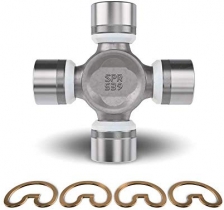-
Welcome to Tacoma World!
You are currently viewing as a guest! To get full-access, you need to register for a FREE account.
As a registered member, you’ll be able to:- Participate in all Tacoma discussion topics
- Communicate privately with other Tacoma owners from around the world
- Post your own photos in our Members Gallery
- Access all special features of the site
Driveline noise
Discussion in '2nd Gen. Tacomas (2005-2015)' started by F16Roo, Nov 2, 2023.


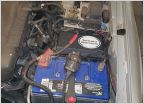 Recommendations for a Relay / Fuse panel for accessories?
Recommendations for a Relay / Fuse panel for accessories?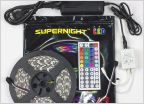 Accessory power
Accessory power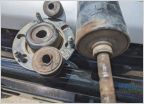 Prematurely bad strut mounts
Prematurely bad strut mounts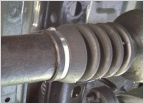 Replace boot for Slip Yoke, Drive Shaft
Replace boot for Slip Yoke, Drive Shaft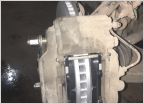 2nd Gen recommended rotors?
2nd Gen recommended rotors?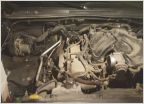 AFe cold air intake...looking
AFe cold air intake...looking




























